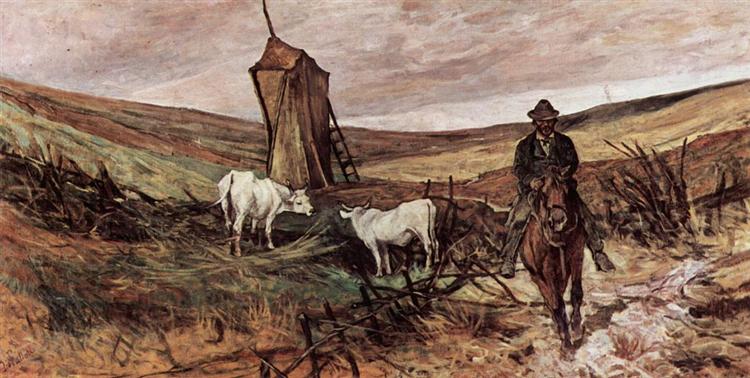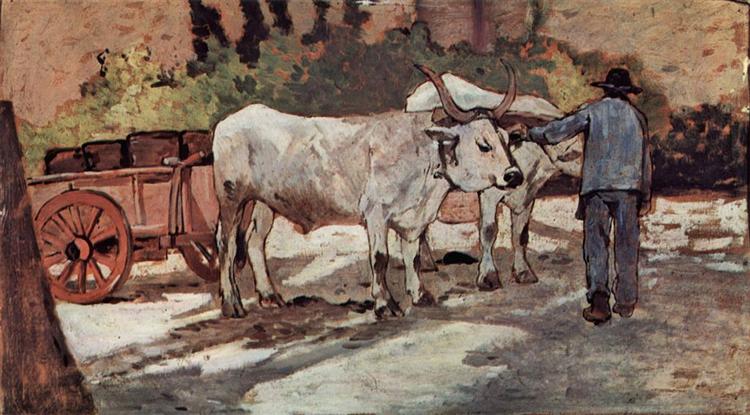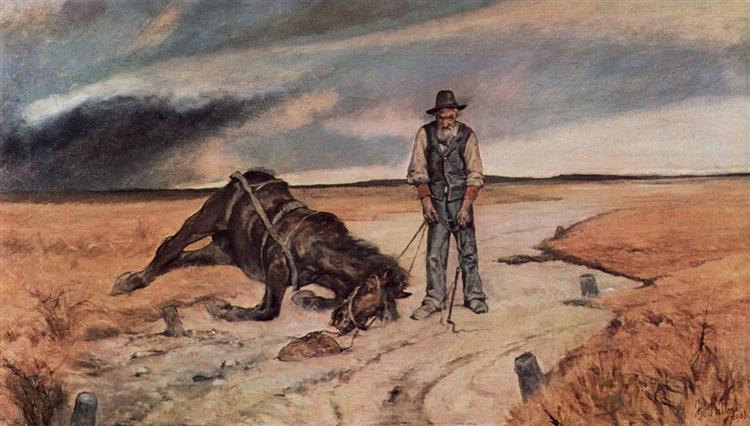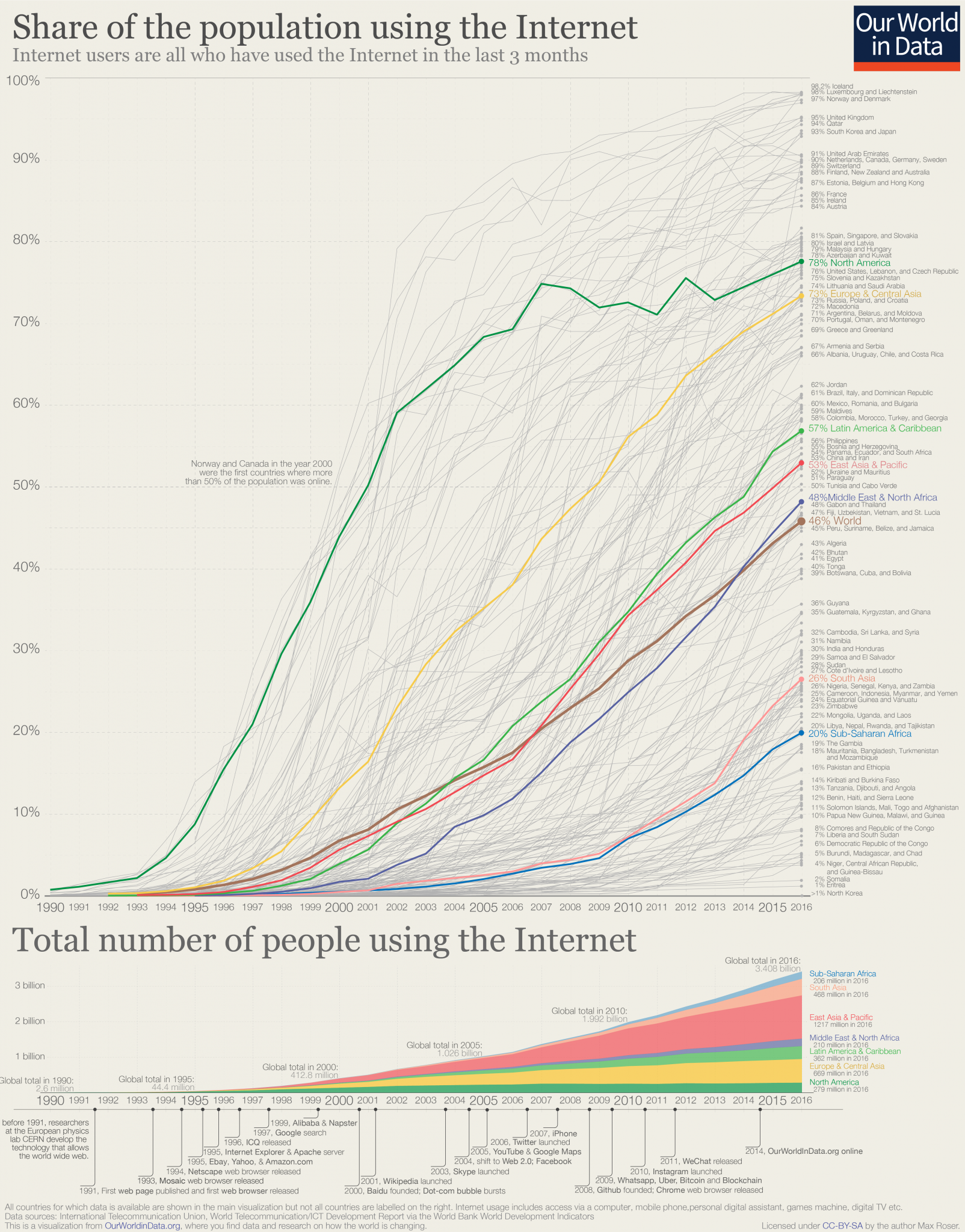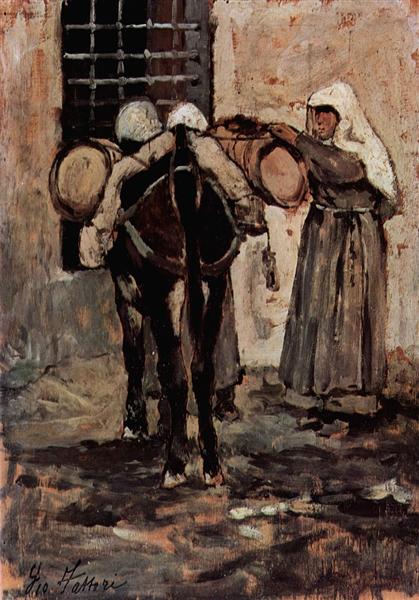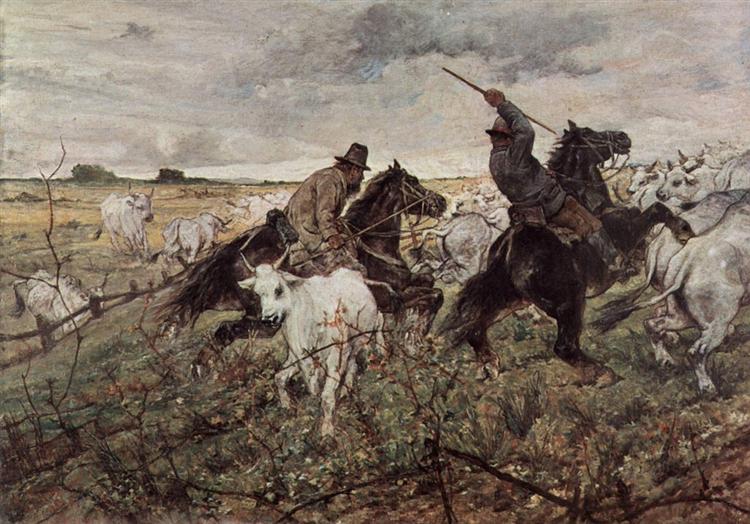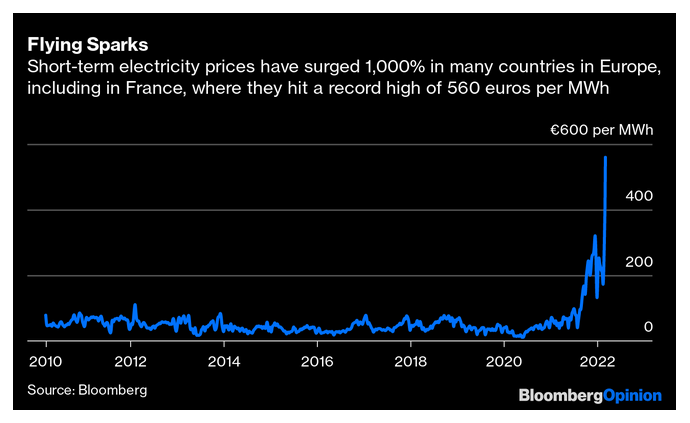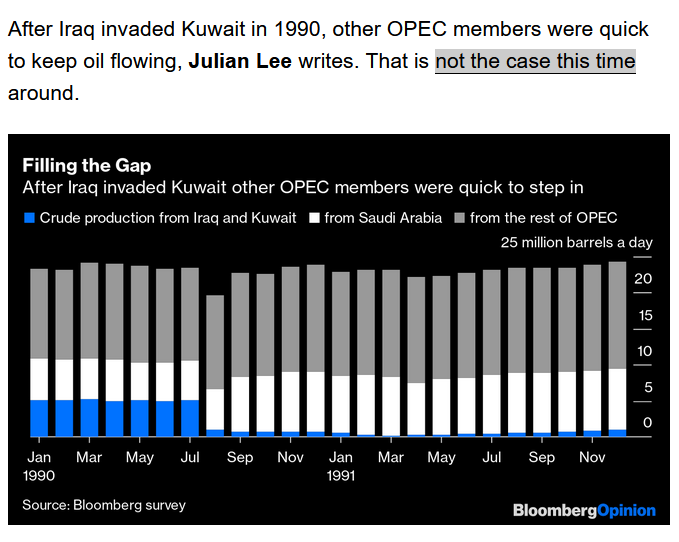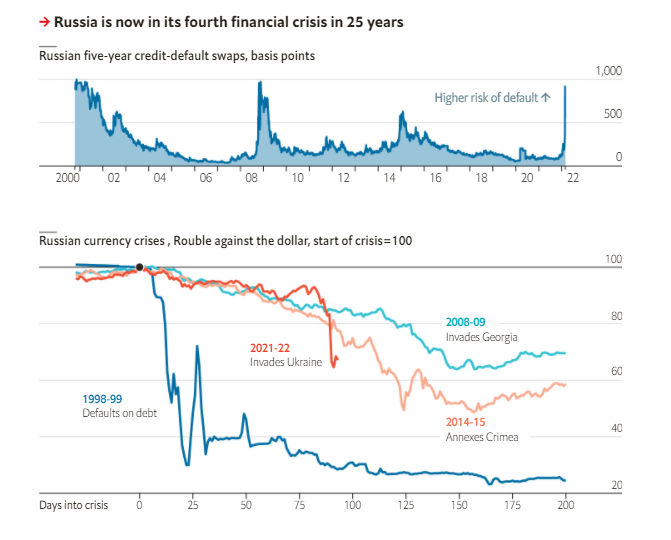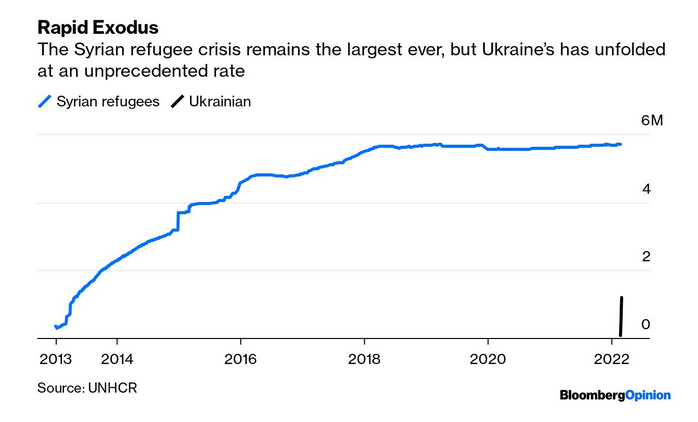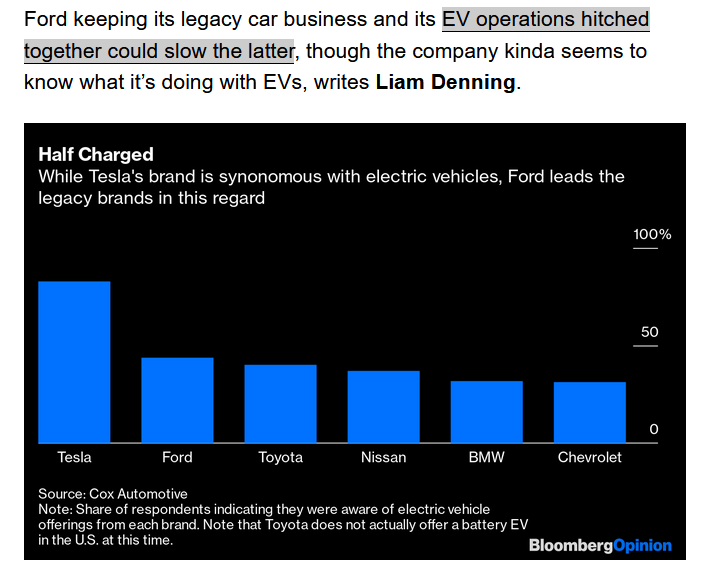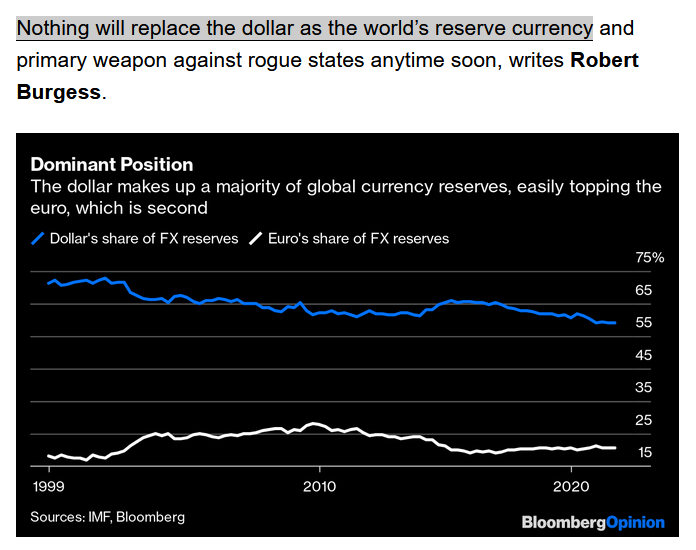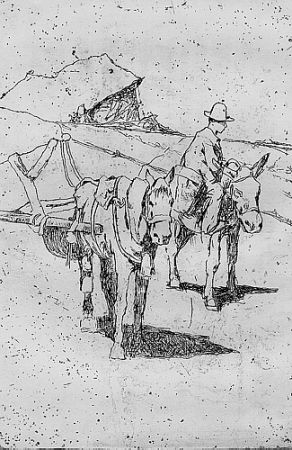|
You
can also view the message online
|
||||||||||||||||
 Châtenay-Malabry (FR - 92290), March 14, 2022 EFITA newsletter / 1030 - European Federation for Information Technology in Agriculture, Food and the Environment Do not miss the Virus Jokes in English and French The informatique-agricole.org site now offers you the possibility of subscribing the RSS feeds of its two newsletters See RSS feeds to implement to ensure that you continue to receive this newsletter To unsubscribe this newsletter, please contact me directely: guy.waksman(a)laposte.net if this link Unsubscribe does not work. Please note that I changed the presentation of the links that are embedded in the name of the web service. 
To correspond with me (GW), please use this address: guy.waksman(a)laposte.net To subscribe the efita newsletter (please ask your friends and colleagues to test this link) Efita Newsletters subscription Avant l'informatique Weekly newsletters about ICT in Agriculture in English and French Both newsletters have around 14000 subscribers. >>> Last weekly EFITA Newsletters in English (created in 1999) Efita Newsletters >>> Last weekly AFIA Newsletters in French (created more than 20 years ago in 1997) Afia Newsletters >>> Statistics for the last efita newsletter >>> Last issue of the afia newsletter >>> Last available satistics for the afia newsletter World Agri-Tech Innovation Summit the Summit: Investing in Agriculture for Climate Impact & Resilience March 22-23, 2022, San Francisco It’s been three years since we last gathered the agri-food community together in San Francisco, and we’re set for an explosion of ideas and opportunities when we reunite on March 22-23. Now in its 10th year, the World Agri-Tech Innovation Summit has become the annual meeting place for the global agtech ecosystem. Growers, agribusiness leaders, technology pioneers and investors come together to exchange insights, be inspired, and identify future partners. We’ve worked hard to keep you connected over the past two years through a series of virtual summits, but nothing beats the opportunity to meet face to face with someone that could change the direction of your business. We’ll be supporting start-ups to gain the attention of potential investors and partners through a full program of start-up activity, including our Innovation Challenges, pitch sessions, investor drop-ins and Tech Hub displays. If you’ve missed sitting round a table and pooling ideas with industry colleagues, you can join one of our many break-out discussion groups or take advantage of one of our private hospitality rooms. We’re also working in partnership with our venue, the Marriott Marquis, to create a menu full of new and innovative foods, and plenty of informal networking space where you can catch up with old friends and make those all-important corridor-connections. The huge strides we’ve made over the past two years will not go to waste: all of our summits will now be hosted online as well as in person, so that you can choose whether to join us in San Francisco or log in from home. Whether in-person or online, all delegates will be able to meet and collaborate on the same platform, opening the summit to a bigger global network than ever before. See worldagritechusa.com Mounted shepherd and cows, by Giovanni Fattori (1825 - 1908), Musée civique Giovanni Fattori Ag Robots: Become a #FIRAUSA22 partner and join the key players of the industry! FIRA USA is the only 3-day event for autonomous farming and agricultural robotics solutions. Co-organized by GOFAR-FIRA, University of California and Western Growers, this event will take place on October 18 to 20, 2022 in Fresno. You are a robot manufacturer, agribusiness, technology innovator, service supplier? This North American event is made for you! Don't miss the partnerships registrations and meet with the specialty crop emphasis, farmers and major producers, robotics startups and OEMs, crop inputs and protection specialists, researchers and students. Participate at FIRA USA 2022 means sharing market needs and challenges, discovering autonomous solutions for sustainable farming, spreading the use of robotics, making them more accessible and fostering collaborations. E-mail: fira.usa(a)fira-agtech.com Putins Potemkinsche Armee, Von Jörg Römer, 08.03.2022 (Der Spiegel) Russlands Militär hat viel Geld in neue Technik investiert – doch in der Ukraine ist davon bisher wenig zu sehen. Zudem plagen Pannen und Wartungsstau die Armee.
Data Act: Commission proposes measures for a fair and innovative data economy The proposal for the Data Act includes: - Measures to allow users of connected devices to gain access to data generated by them, which is often exclusively harvested by manufacturers; and to share such data with third parties to provide aftermarket or other data-driven innovative services. It maintains incentives for manufacturers to continue investing in high-quality data generation, by covering their transfer-related costs and excluding use of shared data in direct competition with their product. - Measures to rebalance negotiation power for SMEs by preventing abuse of contractual imbalances in data sharing contracts. The Data Act will shield them from unfair contractual terms imposed by a party with a significantly stronger bargaining position. The Commission will also develop model contractual terms in order to help such companies to draft and negotiate fair data-sharing contracts. - Means for public sector bodies to access and use data held by the private sector that is necessary for exceptional circumstances, particularly in case of a public emergency, such as floods and wildfires, or to implement a legal mandate if data are not otherwise available. Data insights are needed to respond quickly and securely, while minimising the burden on businesses. - New rules allowing customers to effectively switch between different cloud data-processing services providers and putting in place safeguards against unlawful data transfer. See ec.europa.eu Farmer with ox cart, by Giovanni Fattori (1825 - 1908), Palais Pitti
e-Agriculture, a global community of practice that facilitates dialogue, information exchange and sharing of ideas related to the use of information and communication technologies (ICTs) for sustainable agriculture and rural development The mission of e-Agriculture is to facilitate the discussion on the adoption and use of ICTs and digital innovations in agriculture, forestry, fisheries, natural resource management and rural development. e-Agriculture was born out of Action Line C7 ICT Applications: e-agriculture from the World Summit on the Information Society (WSIS). The Food and Agriculture Organization of the United Nations (FAO of the UN) was assigned as facilitator of this action line and also took up the role of the facilitation of the e-Agriculture Community of Practice See fao.org
Future Farming (NL) > Will wireless charging promote the adoption of field robots? Wiferion has gained quite a position in wireless charging of autonomous warehousing robots and is now also targeting agricultural field robots. On the occasion of the recent World FIRA ag robotics forum, Johannes Mayer, managing director and cofounder of German start-up company Wiferion explained why he feels that agricultural robots could benefit from their patented wireless charging systems for industrial electric vehicles and mobile robots. > Field Robots: Horsch shows second robot, two more to follow It looks like the autonomous developments at Horsch are going according to plan. They just showed their second robot, another seeder and there’s two more robots to come. > Business: CNH Industrial aims to make India a technology hub CNH Industrial’s newly inaugurated India Technology Center will focus on developing core competencies in customer-influenced software solutions and technologies including cloud, embedded, electrification, autonomous, advanced analysis, simulation, automation and mechanical & electrical design. > Podcast: Field Trials podcast – Solving the poor internet problem How can farmers solve their poor internet connectivity issues? By getting creative and taking matters into their own hands, of course. Jesse Hirsh, technology strategist, futurist and livestock farmer details how people living in rural areas should not wait for large communication companies and governments to bring internet signals to their door. > Fertilizing: How crustaceans could optimize crop fertilization Brazilian researchers are developing natural and biodegradable polymers for the coating of nutrients to obtain enhanced efficiency fertilizer (EEF). Chitosan, made from crustaceans, appears to be a particularly suitable material. > Tools & Data: AI applications that act on farm-specific data for U.S. farmers Sway AI partners with Trilogy Networks to join the U.S. Rural Cloud Initiative (RCI) and deliver a complete AI-enabled precision agriculture solutions for U.S. farmers. > Real-time soil moisture sensors to optimise planting success The field crop yields that we depend on every year for our survival are in turn dependent on protection from diseases and pests, adequate precipitation, fertility – and to start it all off, high rates of seed germination and even plant stand emergence. New US-based technology is helping crop growers automatically ensure chances of germination are a high as possible. > How images and data are changing the agri-food sector To control processes more easily and design them more efficiently – this is where intelligent and easy-to-use embedded vision systems like IDS NXT come into play. They support from applying fertilizers to the visual monitoring of products and the processing of food. > Expert opinion: Robots in agriculture: How to know if it is a good investment? Should you invest in agricultural robotics? And if the answer is yes, how to invest? What return on investment can you expect? Here are 3 things to consider before deciding to purchase a robot. > Autonomous systems: Raven Industries unveils upgraded OMNiPOWER 3200 model OMNiPOWER gives ag professionals the ability to perform multiple farming operations autonomously. According to Raven Industries, the new 3200 model will accelerate the adoption of advanced autonomous solutions even further with the addition of mechanical, functional and aesthetic enhancements that improve efficiency and make autonomy more practical for growers. > Artificial intelligence: AI in agriculture comes with substantial risks, warn researchers A new risk analysis warns that the future use of artificial intelligence in agriculture comes with substantial potential risks for farms, farmers and food security that are poorly understood and under-appreciated. > Soil carbon: Monitoring soil carbon with hyperspectral sensing and AI University of Illinois researchers show new machine-learning methods based on laboratory soil hyperspectral data could supply accurate estimates of soil organic carbon. > Tools & Data: NASA Harvest launches new water use and crop yield simulator GEO-CropSim is a new modeling framework for assessing water use and estimating crop yields at the regional level. It was created by NASA Harvest, in partnership with the U.S. Department of Agriculture (USDA). > Carbon credits: Women scaling impact for the climate with Agritech platform On International Women’s Day we focus on Agreena, an agtech platform created by female entrepreneurs Julie Koch Fahler and Ida Boesen. They offer farmers and traders a neutral platform to buy and sell grains, and help farmers getting started with carbon credits. Read more > podcast: Field Trials podcast – a grain grower’s perspective on Nexat NEXAT is marketing an all-in-one autonomous platform designed to address compaction, labour, and a variety of other crop production issues. Speaking to Future Farming, grain and oilseed grower Clinton Monchuck of Saskatchewan, Canada, offers some initial thoughts and questions about the technology. See futurefarming.com How Ag Fintech Is Transforming Brazilian Agribusiness and Its Access to Rural Credit The next great revolution in Brazilian ag will be access to rural credit, says contributing writer Mauricio Netto. Here's a look at three startups that are leading the way. See precisionag.com New Hope Network, HowGood Expand Partnership to Increase Sustainability Transparency The Sustainability Intelligence Platform will help companies, brands, and retailers rate products' sustainability and share the info with customers and consumers. See precisionag.com This Cool Pest Prediction Tool Comes in Handy for Potato Growers The Pacific Northwest Potato Decision Aid System (DAS) collects regional weather inputs and combines that with research-based data on local pest populations. See precisionag.com Nun with donkey, by Giovanni Fattori (1825 - 1908) Syngenta Launches New Sustainability Standard Benchmarked Against SAI Platform’s Farm Sustainability Assessment Syngenta brings a farmer-first sustainable ag standard to growers through its mobile app Cropwise. See precisionag.comv Robots Deliver Precision Farming Down to Individual Plant U.K.-based Small Robot Company is looking to change farmyard operations using a much smaller approach. See precisionag.com Cowboys and herds in the Maremma, 1894, by Giovanni Fattori Q&A: SupPlant’s Revital Kremer on bringing precision ag to more female farmers worldwide, AFN, by Jennifer Marston “I live and breathe technology,” says Revital Kremer, chief technology officer of SupPlant. After years spent working in various industries including the military and videogaming, she wanted an opportunity where she could use her tech skills to make a difference in the world. She found that chance at SupPlant. The Israeli precision agtech company collects data from on-site sensors to help farms optimize their water usage – telling them when to irrigate, and how much. This can lead to water savings and increased yields, according to the company that was recently named one of TIME‘s best inventions of 2021. The company works with 31 different crop types across 14 different countries and runs what Kremer says is the largest plant database in the world for irrigation. As CTO, one of Kremer’s biggest priorities is to also make the precision farming system available to smallholder farmers around the world that cannot necessarily afford sophisticated technology to monitor their crops. In what she says is her first interview, Kremer (RK) dives into SupPlant’s precision agtech offering with AFN and discusses how it’s helping women smallholder farmers around the world improve their farming and their livelihoods. …/… See agfundernews.com Increasing cost of electricity / Coût en augmentation de l’électricité East Africa can tackle food insecurity via digitalization, but infrastructure needs funding too: report, AFN, by John Njiraini Nations in East Africa must prioritize technological innovations and digitalization of food systems in order to tackle perennial food insecurity, according to a new report by London-based market insights provider Briter Bridges. The report explores how startups and entrepreneurs are using technology to boost the efficiency of the food value chain across Ethiopia, Kenya, Rwanda, South Sudan, and Uganda. It also considers the role of support from government policies, foreign funding, and private sector participation in creating a conducive environment for food system trailblazers. “Digital solutions and technological advancements are essential to Africa’s agricultural transformation by increasing productivity and reducing post-harvest losses,” says Lisa With, head of research and operations at Briter Bridges. In East Africa, the agricultural sector is an integral cog of the economy and is central to food security, job creation, and poverty alleviation – as well as being a key source of foreign exchange. Despite its importance, growth in the sector remains stunted; while the region faces the recurring problem of food insecurity and losses in terms of livestock and livelihoods. Around 30 million people in East Africa are facing starvation, with drought a key factor. Data from the Famine Early Warning Systems Network shows that as much as half the animals in household herds have have died since the start of this year in Southern and Southeastern Ethiopia alone. According to Briter Bridges, several social, political, economic, and environmental factors continue to threaten the region’s food systems. These include: - Access to markets and finance - Poor performance of inputs - Inaccessibility of information on best practices - Food price volatility - Post-harvest losses The situation has been exacerbated by Covid-19, natural disasters, pests and plant diseases, and food waste. Meanwhile, failings farther along the value chain — in processing, warehousing, distribution, consumption, and waste disposal — continue to expose the region to challenges of food insecurity. Despite these challenges, a plethora of agritech, foodtech, and fintech startups has popped up to offer a new sense of optimism. …/… See agfundernews.com Pause in the Maremma with farmers and ox-cart, 1873–75
The Week in Agrifoodtech: Finless Foods nets $34m; $10m for robot food delivery, AFN, by Jennifer Marston & Jack Ellis This week, cultivated seafood startup Finless Foods closed a $34 million funding round, Clean Crop Technologies raised funds for its crop protection tool, and Protenga nabbed capital for its insect farming operations. See agfundernews.com How Robots Will Transform the 2020s by Mark P. Mills The service bot will revolutionize warehouses, hospitals, farms, and maybe your home. See reason.com
Agricultural plastics emerging as major threat to sustainability, by Joseph Maina .../... Some of the measures suggested to possibly mitigate the problem include avoiding the use of plastics through the adoption of more sustainable agricultural practices. These could include conservation agriculture and the use of cover crops instead of mulching films. The report also suggests that plastics like greenhouse films could be replaced with more durable alternatives, such as glass or polycarbonate. It further suggests replacing non-biodegradable conventional polymers with biodegradable polymers that have biodegradation properties adapted to their specific use. Business models should also be redesigned so that manufacturers or distributers of plastic products provide them as part of a service, rather than as a single transaction sale of goods. Additionally, the researchers recommend rapidly establishing extended producer responsibility schemes and introducing national plastic management plans. See allianceforscience.cornell.edu Europe’s Alternative Reality for Reducing Agricultural Greenhouse Gas Emissions, by Kathleen Hefferon Henry Miller - 07.03.2022 Popular wisdom is often wrong. Consider, for example, how it views organic agriculture, which has grown to a $48 billion a year industry in the U.S. Organic products are sold at outlets ranging from local farmers’ markets to large supermarket chains, and many people assume that there is something more natural, wholesome, or environmentally sustainable about them. None of that is true. What’s remarkable about this agriculture sector is that the government’s extensive promotion has been a hoax from the beginning, having nothing to do with agricultural sustainability, protection of the environment, or food quality. When the organic seal was established in 1990, Secretary of Agriculture Dan Glickman emphasized the fundamental meaninglessness of the organic designation: “Let me be clear about one thing, the organic label is a marketing tool. It is not a statement about food safety. Nor is ‘organic’ a value judgment about nutrition or quality.” In fact, the organic seal is a cynical marketing tool, because so many unsuspecting consumers are ripped off by the high prices of organic products, in the absence of palpable benefit. .../... See europeanscientist.com USDA Study Undermines Activist Group Pesticide Propaganda, by Cameron English — February 3, 2022 The latest results from the USDA's Pesticide Data Program confirm that America's food supply still very safe, despite allegations from activist groups to the contrary. See acsh.org Sadly, David Bennett, the man who received a pig heart transplant, has died. However, the fact that Bennett survived for two months after the operation is a tremendous achievement. In 1970, fifty percent of patients died just one week after receiving a human heart transplant. If xenotransplantation can mimic the progress of human transplantation, organ waiting lists could become a thing of the past—partly thanks to brave people like Bennett.
4 major financial crises in Russia in 25 years / 4 crises financières majeures en Russie en 25 ans Two exodus by V. Putin / deux exodes provoqués par Poutine
Companies known
as EV constructors / Sociétés connues come constructeurs de véhicules
électriques Australian rivals and Brexit barriers leave UK farmers on stony ground Talk at this week’s NFU conference will be alive with financial, labour and competition concerns. .../... The industry is grappling with worker shortages following Brexit and Covid, when many European workers went back to their home countries. A shortage of workers has already resulted in unpicked fruit being left to rot in fields, and a cull of healthy pigs on farms because of a lack of staff at slaughterhouses. An estimated 35,000 animals have been killed and won’t enter the food chain. All this is taking place before farmers feel the impact of the UK’s post-Brexit trade deals with food-producing nations Australia and New Zealand, which will see their exporters theoretically able to send limitless amounts of lamb, beef and dairy produce to the UK within 15 years. These are bitter pills to swallow for an organization which backed staying in the EU before the Brexit vote. .../... See theguardian.com King Dollar / Roi Dollar
Covid has reset relations between people and robots: Machines will do the nasty jobs; human beings the nice ones Robots have been around for six decades or so. Originally, they were simple devices which did as they were told, working on assembly lines in, well, a robotic manner. They were often kept in cages, like zoo animals, to stop people getting too close. And for similar reasons. They were dangerous. If a mere human being got in the way of a swinging robotic arm, so much the worse for the human. Since then, they have got vastly more dexterous, mobile and autonomous. They are also more collaborative. There are now over 3m robots working in factories across the planet, according to the International Federation of Robotics, a worldwide industry association. Millions more move goods around warehouses, clean homes, mow lawns and help surgeons conduct operations. Some have also begun delivering goods, both on land and by air. The pace of automation is likely to accelerate, for two reasons, a panel of robotics experts told the 2022 meeting of the American Association for the Advancement of Science (aaas), held for the second year running in cyberspace, rather than in Philadelphia, as originally planned. The first reason is that covid-19 has created social changes which look likely to endure. The “Great Resignation”, in which millions around the world have quit their jobs, may in part be a consequence of lockdowns creating new opportunities for home working. These so-called lifestyle choices about which jobs to do, together with creaking supply chains and a boom in e-commerce, have left warehouses and many other businesses struggling to recruit workers. >> Universal robots The second reason is that the bots are getting better. Instead of just moving goods in warehouses to human “pickers”, who then put items into bags for home delivery, they are learning to do the picking and packing for themselves. In factories, they are stepping out of their cages and, equipped with advanced sensors and machine learning, a form of artificial intelligence (ai), are going to work alongside people. Such robots will increasingly help out in other places too, including hospitals, and in roles, such as caring for an ageing society—which, post-covid, has got used to a more techno future for health care, with “telemedicine” via remote doctors and health-monitoring mobile-phone apps. .../... See economist.com Two exodus by V. Putin / deux exodes provoqués par Poutine Angela Davis on the power of protest: ‘We can’t do anything without optimism’, by by Simon Hattenstone (Sat 5 Mar 2022) In 1972, the former Black Panther was facing the death penalty. Five decades after the campaign for her release went global, she still believes people are the ‘motors of history’. See theguardian.com Why Vladimir Putin has already lost this war, by Yuval Noah Harari (Mon 28 Feb 2022) The Russians may yet conquer Ukraine. But Ukrainians have shown in the past few days that they will not let them hold it See theguardian.com The week where decades happened: how the west finally woke up to Putin, by Patrick Wintour (Fri 4 Mar 2022) From Germany’s shock military spending rise to sanctions unity, leaders have come together over the war in Ukraine. See theguardian.com Why Russia appears to be losing the information war to Ukraine (March 08, 2022) Moscow is increasingly using harsh tactics to control information about the war in Ukraine, such as banning Facebook and passing a law that could jail journalists and others for promoting what it calls "fake news" about its military. Chris Krebs, former director of the U.S. Cybersecurity and Infrastructure Security Agency, joined CBS News' Anne-Marie Green and Vladimir Duthiers to discuss the latest developments. See cbsnews.com
The distribution of this efita newsletter is sponsored by vitisphere.com Please, contribute to the content of your efita newsletter, and advertise your events, new publications, new products and new project in this newsletter. Without your support, it will not survive! Contact: Guy WAKSMAN E-mail: guy.waksman(a)laposte.net To read this newsletter on our web site See Efita The archives of this newsletter See Efita About the EFITA mailing list You can use the efita moderated list (> 15000 subscribers) to announce any event / product / web site / joke (!) related to IT in agriculture, environment, food industry and rural areas. If you want to subscribe a friend, please fill in his form. If you do not wish to receive our messages, please fill in the following form... |


